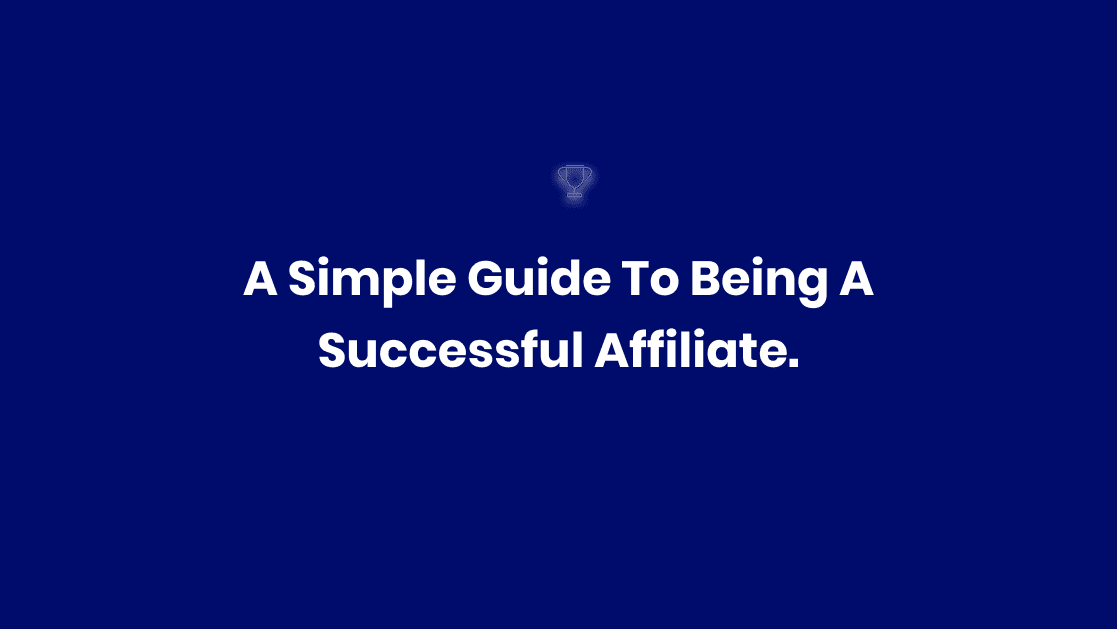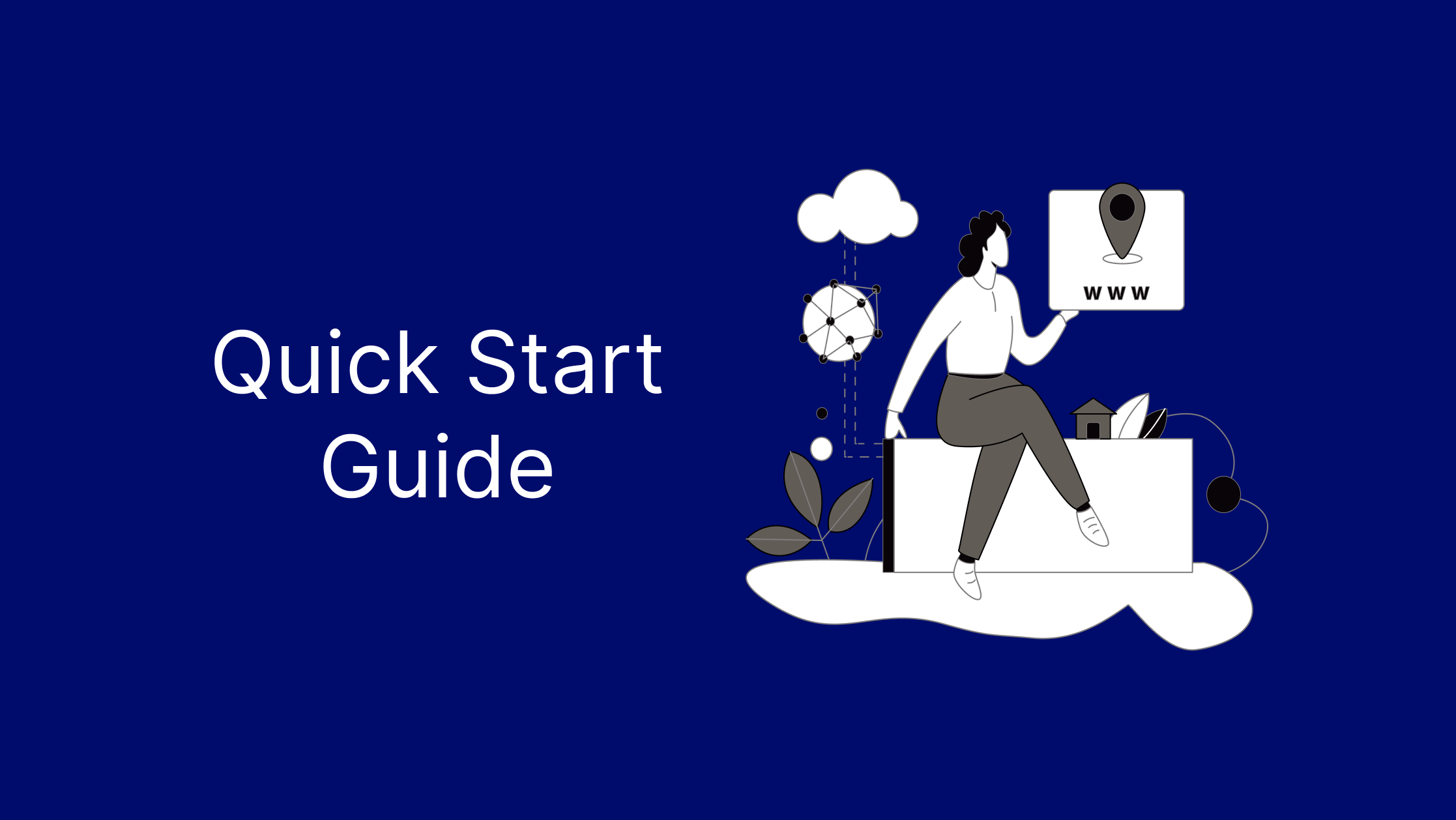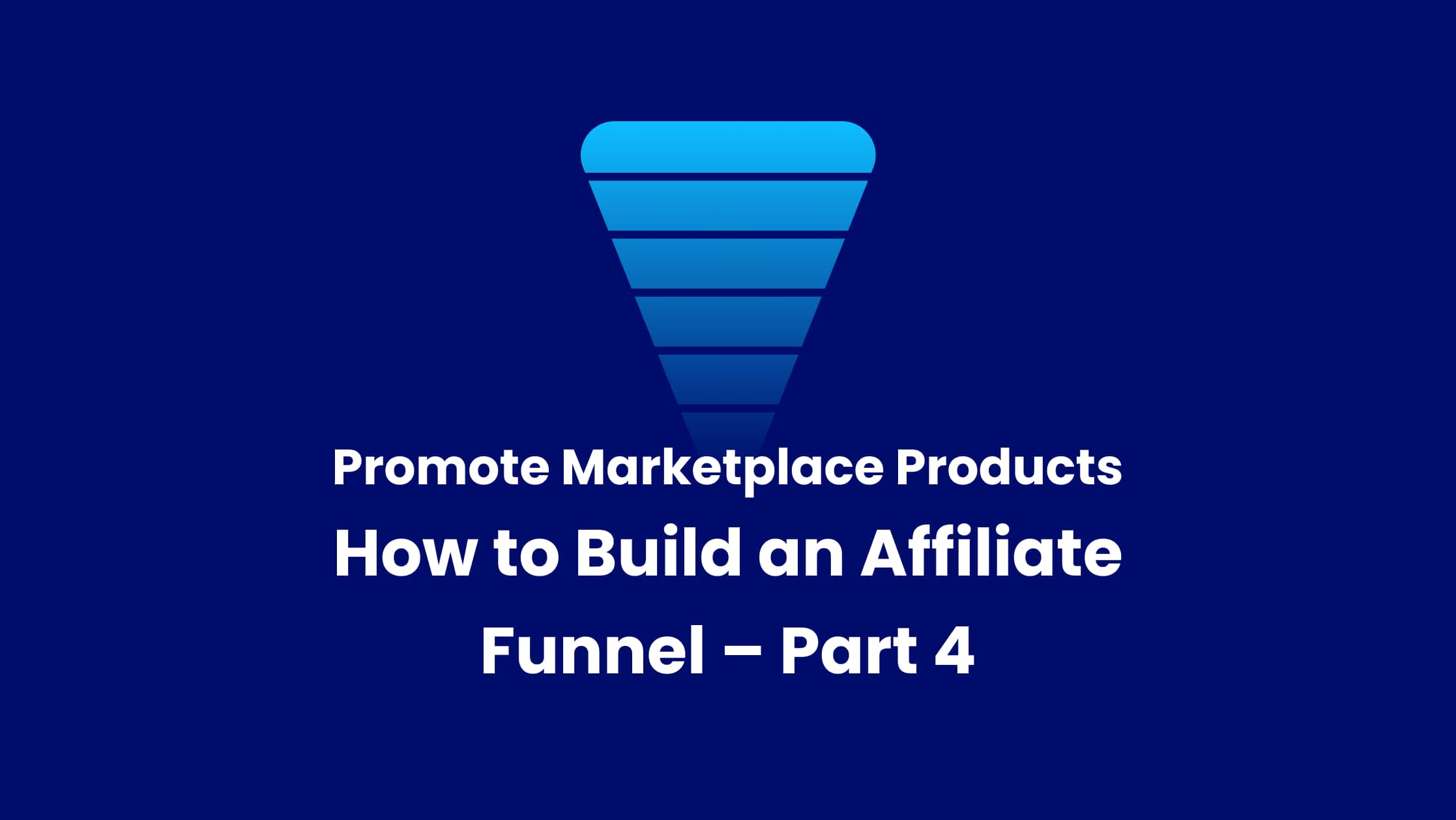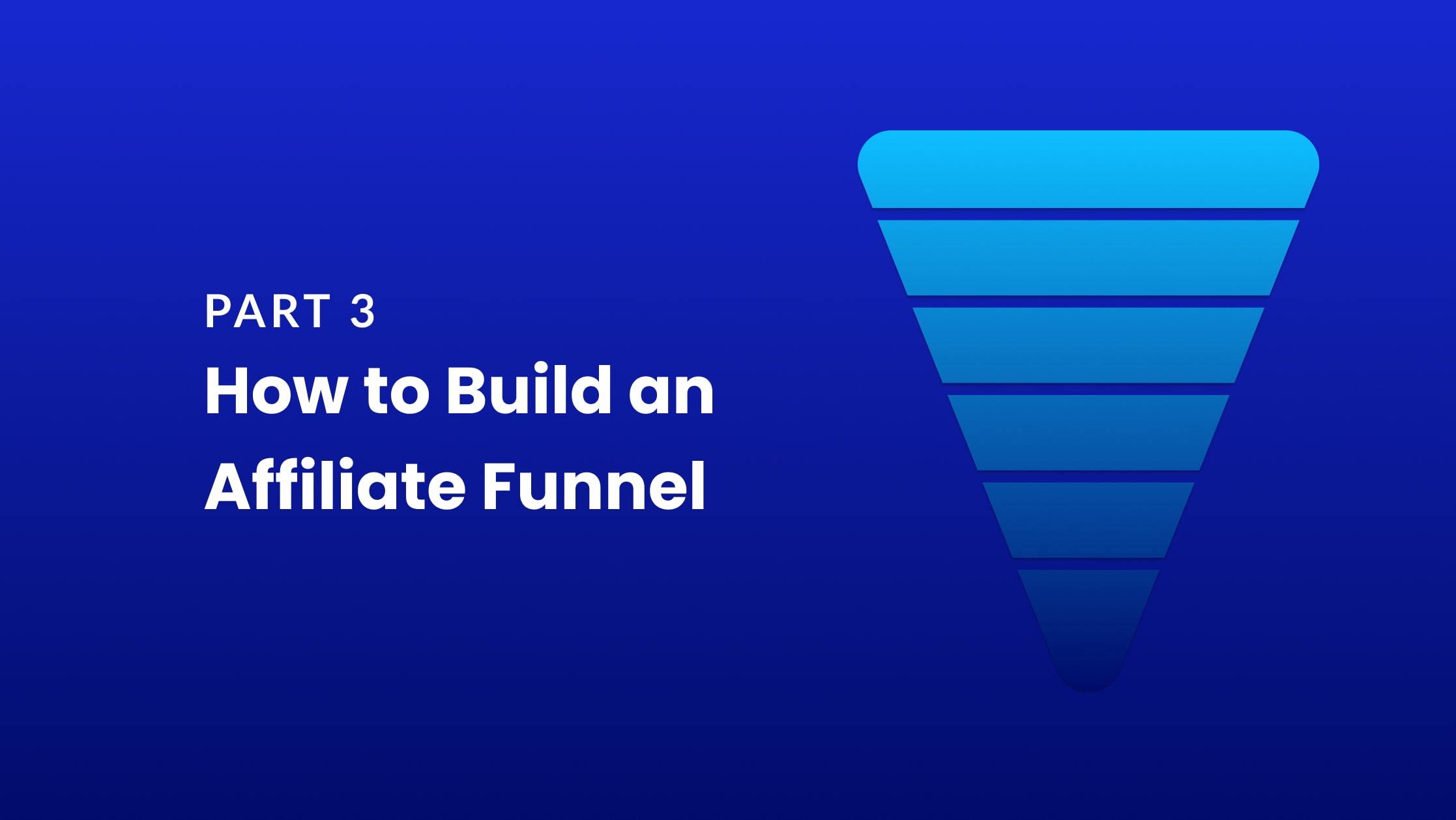Affiliate marketing is one of the easiest ways to generate revenue online. However, the word “easy” leads many to either not follow a proven strategy or follow a complicated one that might cause more harm than good.
Let’s simplify the process and remove any complications you might face when you’re just getting started in this post.
There are a few elements you need to ensure your success. Think of these elements as the building blocks for your affiliate business.
1. You Need Your “Own” Website
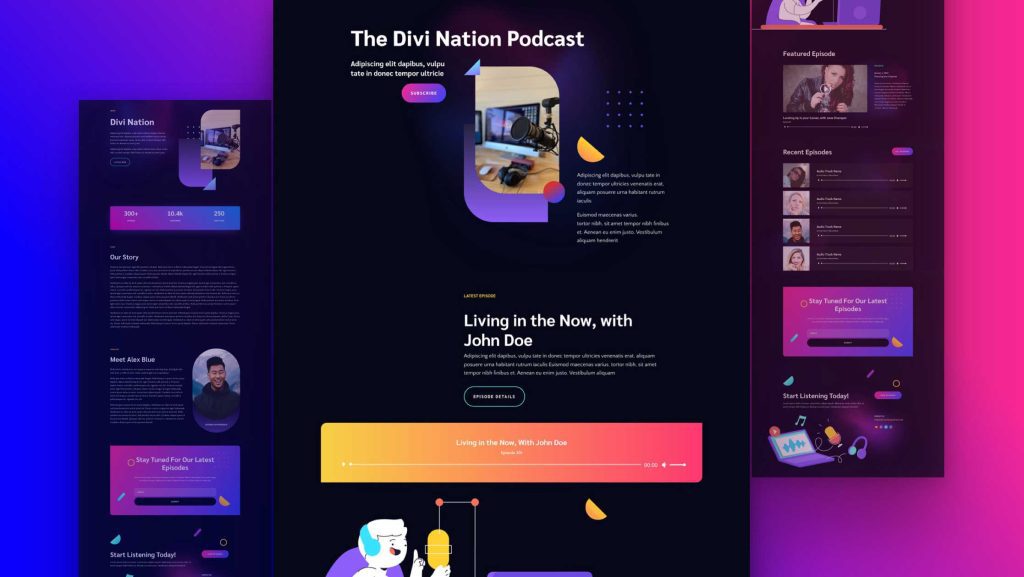
Whether you’re an Elegant Themes affiliate or otherwise, your website is your asset. It’s where you can build your audience without any restrictions.
Think of Facebook. It’s a platform that you can use to reach a large audience. However, Facebook can decide to terminate your account with them at any moment. Your website is your marketing platform.
2. Marketing Funnels
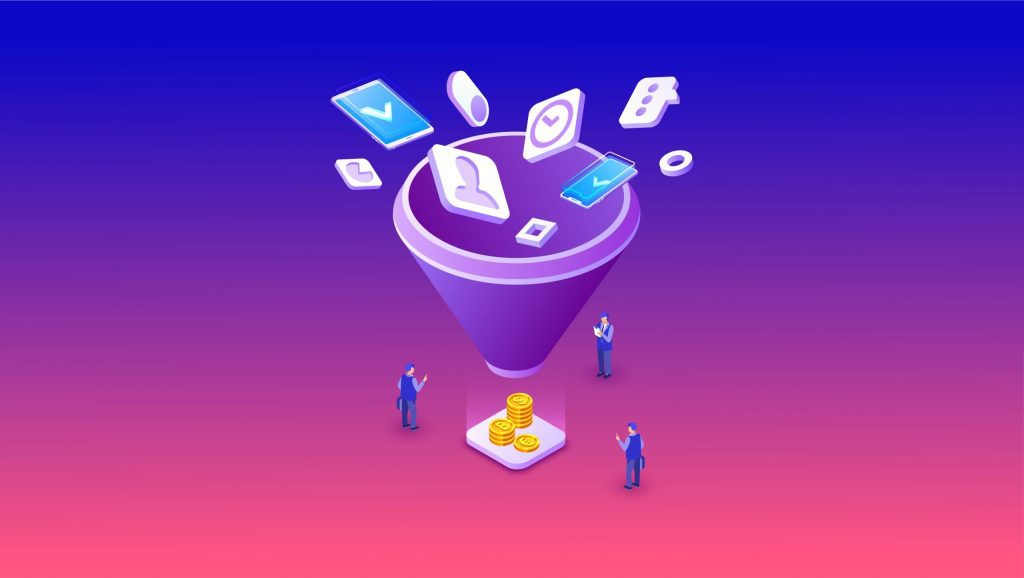
There are many ways to define a marketing funnel. However, for the sake of this post, we’ll refer to marketing funnels as:
The way you drive people from not knowing who you are, to buying a product or service you recommend as an affiliate.
There are mainly three funnels we recommend you adopt to maximize your returns in this guide. When you combine the three funnels, you’ll create one fantastic system that works for you.
Funnel #1: Those Who Don’t Know You.
This funnel will be targeting anyone who has never visited your blog or website before. This will usually be the majority of your website traffic, especially if you actively work on driving traffic to your website.
This funnel aims to convert those people from just visitors into email subscribers and have them become subscribers to your email list.
Having an email list will allow you to promote your website, affiliate offers, and anything you wish to do down the road. Think about how much it’d cost to drive traffic to your website. If you were to pay $0.2 per click to get 1000 visitors a day, you’d need to spend $200 daily.
With a large enough email list, it’d cost you nothing more than the subscription of your email service provider.
We highly recommend using email because email marketing is still the #1 best-performing traffic and sales generation source, with the average value of an email subscriber being $1 per month. In some niches like eCommerce, the average email subscriber value can get up to $22.82.
And guess what?
Building this funnel is extremely easy. Read our “how to create a lead generation funnel” guide for more.
Funnel #2: Those Who Know You.
Once people start a relationship with you by subscribing to your email list, it essentially means two things:
- It shows some trust they’re placing in you. This is critical to your success because it’s easier to promote to someone who trusts you.
- Even if they don’t buy anything you recommend, you’ll be able to promote to them and bring them back to your website.
The goal of the 2nd funnel is to make sure those who subscribed to your website start buying through your affiliate links.
To create this funnel, read our guide on creating an activation funnel.
Funnel #3: Those Who Bought Something You Recommended.
Those who bought through your link are your top followers and are worth a lot more than the rest of your email list. They’re the equivalent of having a customer list and are referred to as “hot audiences” or “hot traffic.”
The goal of having this funnel will be two things:
- Provide value to those audiences
- Promote related or add-on products to them
As an affiliate, this audience could generate more revenue for you than the Elegant Themes membership commissions.
You could promote Divi Cloud, which is an easy-to-sell product at just $8 a month, and have a recurring $4 monthly for every referred customer. On top of that, you’ll get 15% of any marketplace sale that happens through your affiliate link.
To create this funnel, read our guide on creating a monetization campaign.
3. Traffic
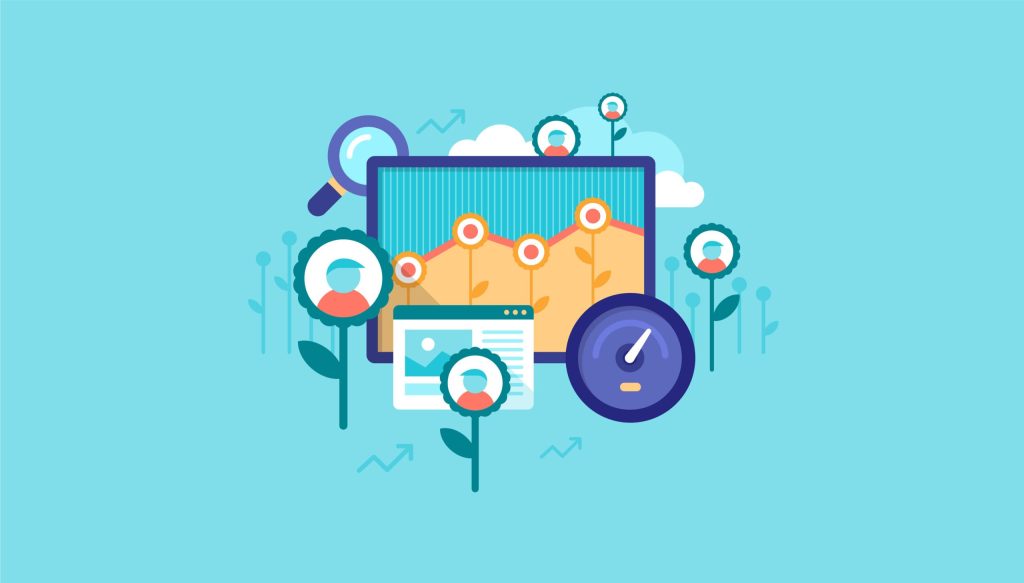
By this stage, you should have:
- Your website
- Your marketing funnels
Once those are ready, all you need is to drive traffic to your funnels so people can start going through them. Let’s think of traffic sources as two types:
- Sources where you can reach your pre-existing audiences. Let’s call those “reach channels.”
- Sources where people can discover your brand. Let’s call those “discovery channels.”
Reach channels are those channels that allow you to reach an audience you built through time. These are mainly social media channels and any channel that will enable you to reach your built audience.
On the other hand, discovery channels are the channels that allow people to discover your brand. Good examples include YouTube, Pinterest, SEO (Search Engine Optimisation), and Ads.
Choosing the suitable traffic sources to start with is essential to your success as an affiliate and a blogger.
Therefore, figure out what traffic channels you’d like to work with, and start with them. Traffic is the most challenging aspect of online marketing. However, there are many ways you can drive traffic which we’ll cover later on in another blog post.

